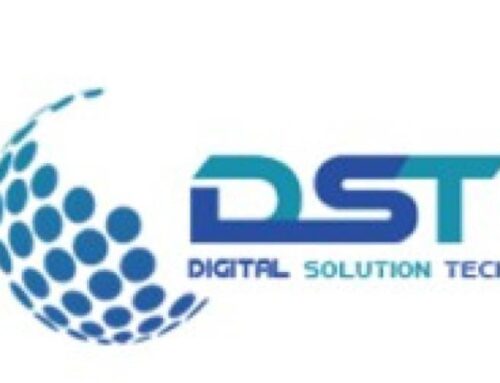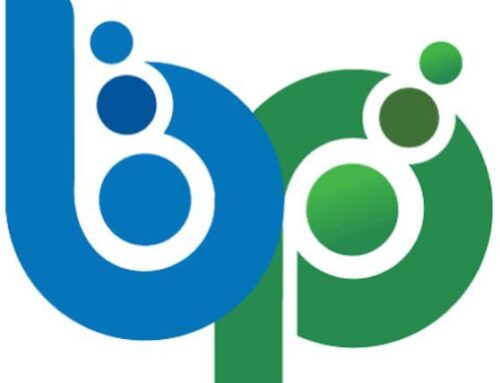In a world driven by innovation, the journey from an idea to a successful digital solution represents a blend of creativity, strategy, and technology. This transformation requires a structured approach, ensuring the concept evolves into a meaningful, user-centric digital reality.
Laying the Foundation: Defining Objectives
Every successful digital solution begins with well-defined goals. Objectives act as a compass, guiding the project toward desired outcomes. Whether the focus is on improving user experience, automating processes, or increasing revenue, clarity in purpose ensures the idea gains direction.
Understanding the Audience
Success depends on how well a solution resonates with its target users. Research plays a pivotal role in identifying user needs, behaviors, and preferences. Insights gathered from this stage help in shaping solutions that deliver value while addressing user pain points effectively.
Collaborative Efforts: Building the Right Team
Collaboration between multidisciplinary teams is essential in digital transformation. Developers, designers, strategists, and stakeholders bring unique perspectives to the table. This diversity of expertise ensures alignment with the vision while fostering innovation. Communication within teams strengthens decision-making, maintaining focus throughout the project lifecycle.
Design and User Experience: Aesthetic Meets Functionality
User experience (UX) defines how individuals interact with a digital platform. Interfaces should be intuitive and visually appealing, ensuring seamless navigation and engagement. The design must strike a balance between functionality and aesthetics, delivering an experience that keeps users returning.
Technology Selection: Choosing the Right Tools
The technology stack forms the backbone of any digital solution. Tools, frameworks, and platforms should align with the project’s scalability, performance, and security requirements. Emerging technologies such as artificial intelligence (AI), blockchain, and the Internet of Things (IoT) offer innovative possibilities, enabling businesses to stay competitive.
Testing and Iteration: Refining the Product
Testing ensures that the solution works as intended, meeting quality standards. It identifies potential gaps or flaws, which are addressed through iteration. Feedback loops from stakeholders and users refine the product, improving functionality and user satisfaction.
Launching the Digital Solution
The launch represents the culmination of effort, but it is not the end of the journey. A well-executed launch strategy maximizes visibility and impact. However, continuous monitoring and optimization remain crucial to adapting to user needs and market trends.
Measuring Success: Data-Driven Insights
Clear metrics are essential for evaluating the success of a digital solution. Key performance indicators (KPIs) such as user engagement, conversion rates, and operational efficiency provide measurable outcomes. Analytics offer insights into what works, enabling informed decisions for future improvements.
Adapting to Change: The Path Forward
Digital success is a continuous process. As technologies evolve and user expectations shift, businesses must stay adaptable. Innovation, learning, and responsiveness to change ensure long-term relevance in a dynamic digital environment.
Conclusion
Transforming ideas into digital success combines vision, planning, and execution. By embracing a structured approach and leveraging the right tools and strategies, businesses can turn any concept into a thriving digital reality
visit us :






Leave A Comment